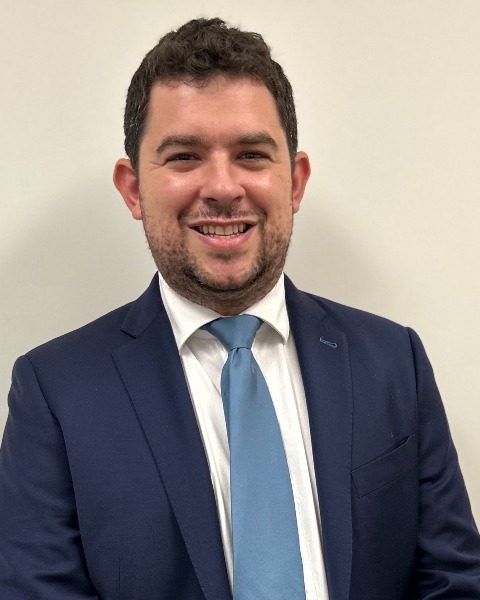Endocrine/Head and Neck
CME
33: Validated Predictive Model for Prognosis and Treatment of Papillary Thyroid Carcinoma

Samuel M. Zuber, MD (he/him/his)
Endocrine Surgery Fellow
North Shore University Health System
Evanston, Illinois, United StatesDisclosure(s): No financial relationships to disclose
- KK
Kristine Kuchta, MS
Statistician
North Shore University Health System, United StatesDisclosure(s): No financial relationships to disclose

Mandakini Venkatramani, MD
Fellow
Northshore University HealthSystems
Chicago, Illinois, United StatesDisclosure information not submitted.
- AK
Amna Khokar, MD (she/her/hers)
Endocrine Surgeon
John H. Stroger Jr. Cook County Hospital
Chicago,, Illinois, United StatesDisclosure information not submitted.
- TM
Tricia A. Moo-Young, MD
Endocrine Surgeon
North Shore University Health System
Evanston, Illinois, United StatesDisclosure information not submitted.
- RP
Richard A. Prinz, MD
Endocrine Surgeon
North Shore University Health System
Evanston, Illinois, United StatesDisclosure information not submitted.
- DW
David J. Winchester, MD (he/him/his)
Endocrine Surgeon
North Shore University Health System
Evanston, Illinois, United StatesDisclosure information not submitted.
Abstract Presenter(s)
First Author(s)
Author(s)
The prognosis for papillary thyroid cancer (PTC) is dependent on multiple clinical, pathologic, and treatment variables. Our group previously developed an interactive prognostic calculator derived from a national cancer database that accurately predicted overall survival (OS) for patients with PTC. We sought to optimize our prognostic calculator utilizing a larger dataset including histologic and treatment variables.
Methods:
Patients with PTC surgically treated from 2004-2019 were selected from the National Cancer Database. Variables analyzed included age, gender, race, Charlson Comorbidity Index, histology, tumor size, surgical margins, extra-thyroidal extension (ETE), nodal status, type of surgery, and use of radioactive iodine (RAI). Exclusion criteria included metastatic disease and incomplete data. Patients were randomly allocated into either a training (70%) or validation set (30%). Cox regression prediction models and bootstrap coefficients were used to generate a mathematical model to predict 5 and 10-year OS. Areas under the curve (AUC) were used to assess the model’s overall performance. OS was compared in training and validation sets.
Results:
240,456 patients met inclusion criteria. On multivariable analysis, age, gender, race, CCI, size, surgical margins, ETE, nodal status, surgery, and RAI predicted OS and were incorporated into the mathematical model (Table 1). Predicted and observed OS from the mathematical Cox regression were created for both training and validation models. The AUC for the 5 and 10-year OS was 0.76 and 0.77 for the training set and 0.77 and 0.77 for the validation set.
As examples, in a 55-year-old woman with T3bN0, ETE, and aggressive histology, 10-year OS is 91.1% with lobectomy, 91.8% with total thyroidectomy (TT) and 94.6% with TT and RAI. In a 60-year-old woman with no co-morbidities with a T1N1 classic PTC and negative margins treated with TT, the 10-year OS increased with RAI from 89.4% to 92.9%. In the same patient with T3aN0 and aggressive histology, 10-year OS increased with RAI from 82.8% to 88.4%. With T3aN1 disease in a 65-year-old man, 10-year OS with RAI improved from 68.2% to 78.0%.
Conclusions:
This model provides a robust prediction of OS based upon specific clinical and pathologic variables that may be modulated with treatment scenarios, allowing for more precise risk stratification.
Learning Objectives:
- Identify which clinical and pathologic variables most strongly impact 5 and 10-year overall survival in a patient with Papillary Thyroid Carcinoma
- Demonstrate the use of the prognostic calculator to provide a more precise risk stratification for a particular patient
- Demonstrate scenarios for which patients would benefit most from surgical and medical treatment given specific clinical and pathologic variables
